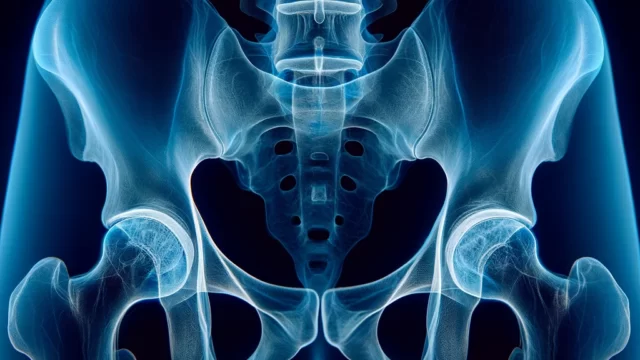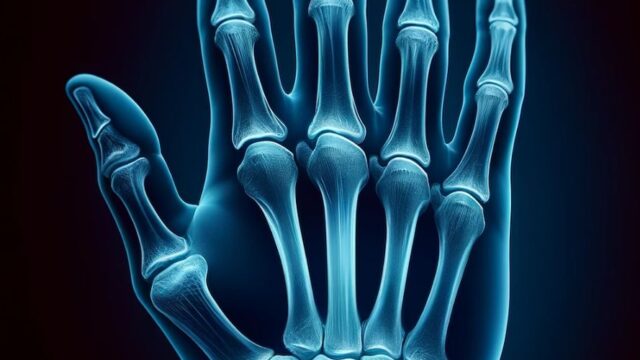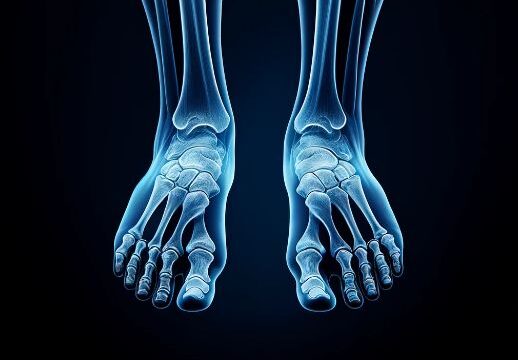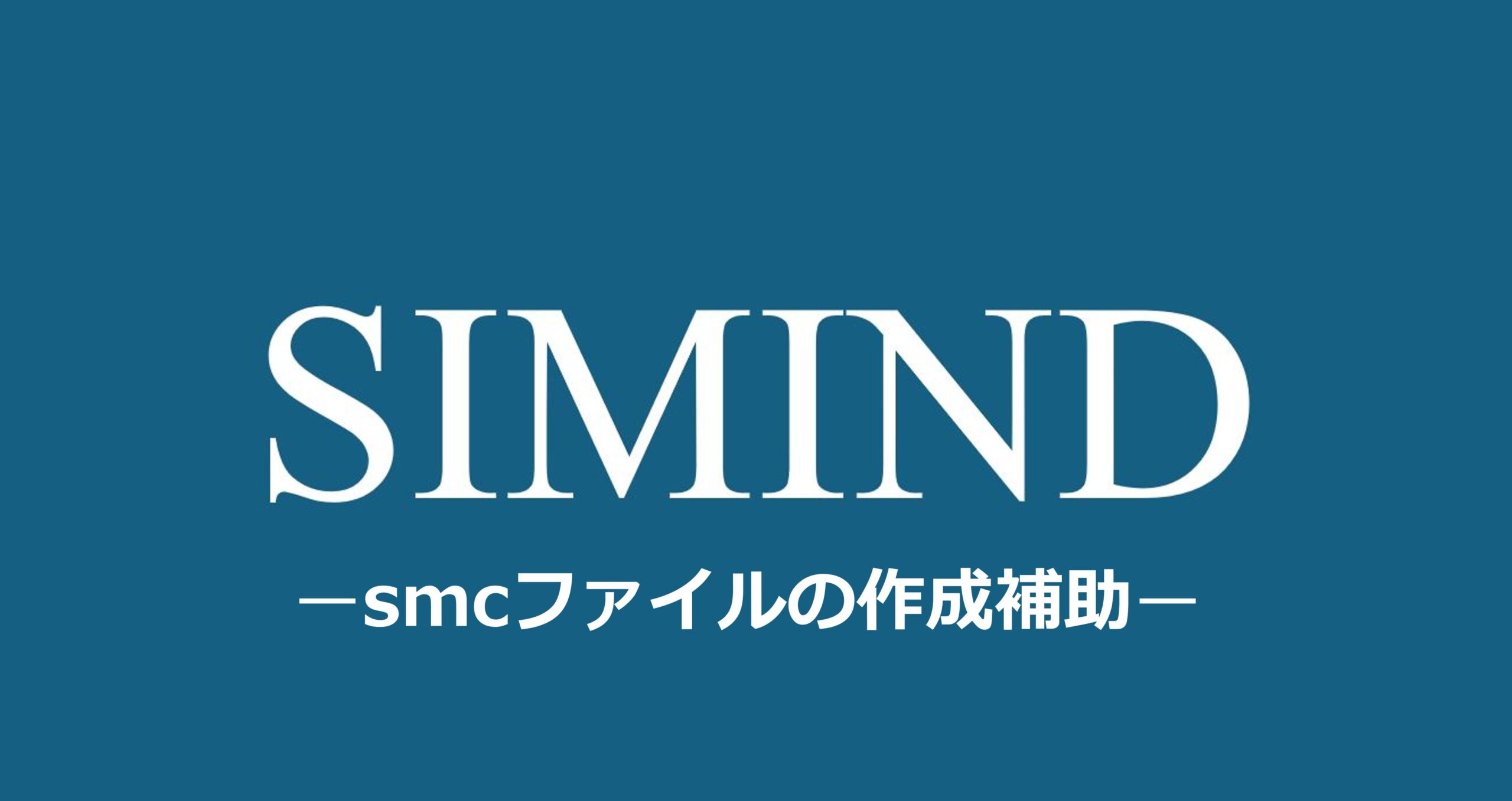Purpose
Observation of the optic canal.
It is common to take images of both the left and right sides for comparison.
This is particularly useful in facilities where CT scans are not available.
Prior confirmation
Remove any obstructions (such as hairpins, eyeglasses, etc.).
Verify if imaging in the prone position is feasible. (In the AP direction, there is an increased risk of lens exposure.)
Positioning
Prone position (seated position is also acceptable).
If prone position is not possible, imaging will be performed in supine position.
Align the nasion-menton line (AML) perpendicular to the cassette.
Tilt the mid-sagittal plane 37° in the direction closer to the side of interest (placing the nasion and the outer edge of the orbit on the cassette).
Place markers (R/L).
CR, distance, field size
CR : The orbital cavity on the side of interest serves as the exit point for the X-rays. The X-rays are perpendicular to the cassette.
Distance : 100cm.
Field size : Approximately 10×10cm, including the area of the sphenoid sinus.
Exposure condition
75kV / 20mAs
Grid ( + )
Suspend respiration.
Image, check-point
Normal (quizlet)
The optic canal is projected onto the lower outer margin of the orbit.
The inferior margin of the orbit, which is superimposed on the frontal sinus, ethmoid sinus, and maxillary sinus, can be observed.
When imaging both sides, it should be depicted symmetrically.
Videos
Related materials
Positioning Training Tool for Radiography
















